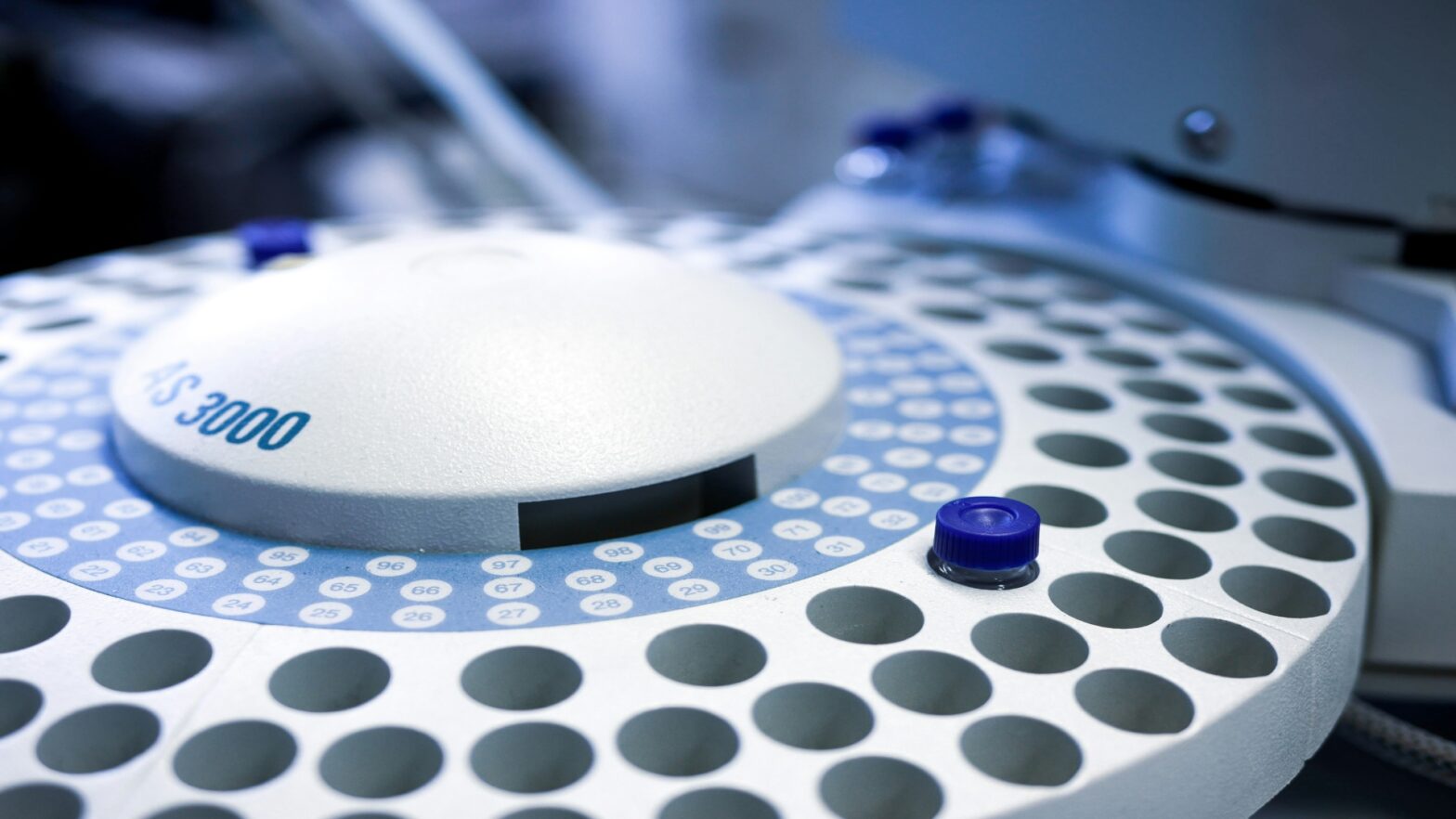
CJC-1295 and Ipamorelin are synthetic peptides that have garnered interest due to their potential impacts on growth hormone (GH) secretion. These compounds might exhibit complementary properties that support their individual impacts when blended. This article delves into the speculative functions of the CJC-1295 and Ipamorelin blend, examining the hypothesized mechanisms and potential implications in various research contexts.
Introduction
Peptides, tiny chains of amino acids, have become significant in biochemical research due to their role in regulating various physiological processes. Studies suggest that CJC-1295 and Ipamorelin might hold promise in modulating growth hormone (GH) release. CJC-1295 is a synthetic analog of growth hormone-releasing hormone (GHRH), while Ipamorelin is a growth hormone secretagogue (GHS). Individually, these peptides have been hypothesized to influence GH levels, but their combination might present a synergistic approach to enhancing these impacts.
Mechanism of Action
- CJC-1295 Peptide
CJC-1295 is a long-acting GHRH analog that may increase GH secretion. It is theorized that CJC-1295 binds to the GHRH receptors on the pituitary gland, stimulating the release of GH. The extended half-life of CJC-1295, due to its potential to resist enzymatic degradation, suggests that it might provide sustained GH release over an extended period compared to endogenous GHRH.
- Ipamorelin
Ipamorelin is a pentapeptide miming ghrelin, a natural hormone that has been theorized to stimulate GH release. It is believed to bind to the ghrelin receptor (GHS-R1a) on the pituitary gland, triggering GH secretion. Unlike other GHS, Ipamorelin might not significantly affect cortisol and prolactin levels, suggesting a more targeted GH-release approach.
CJC-1295 and Ipamorelin Peptide Blend: The Hypothesized Synergy
Studies suggest that when combined, CJC-1295 and Ipamorelin might offer complementary mechanisms that support GH secretion. Research indicates that CJC-1295 might provide a sustained release of GH, while Ipamorelin might induce a rapid but short-term spike in GH levels. This dual approach may lead to a more consistent and prolonged elevation of GH in the organism.
General Research
- Growth Hormone Secretion
The primary property of the CJC-1295 and Ipamorelin blend is believed to be the potential support of GH secretion. GH is deemed crucial for various physiological processes, including growth, metabolism, and cellular repair. Investigations purport that by potentially increasing GH levels, this peptide blend might more effectively promote these processes than either peptide alone.
- Metabolic Processes
GH plays a significant role in regulating metabolism, including lipid and carbohydrate metabolism. Findings imply that the blend of CJC-1295 and Ipamorelin might influence these metabolic pathways, potentially enhancing lipid oxidation and improving glucose metabolism. This potential characteristic suggests a possible implication in metabolic research and understanding metabolic disorders.
- Anabolic Processes
GH is known to stimulate protein synthesis and muscle growth. The hypothesized increase in GH levels due to the CJC-1295 and Ipamorelin blend might support anabolic processes within the organism. This might interest studies focused on muscle wasting conditions and the biology of muscle growth.
- Cellular Processes
The role of GH in cellular repair and regeneration is well-documented. It has been suggested that the CJC-1295 and Ipamorelin may blend might support these processes by promoting higher GH levels. This property might be valuable in research areas focused on tissue repair, wound healing, and regenerative research.
- Sleep and Cognitive Function
GH secretion is closely linked to sleep patterns, particularly deep sleep stages. Scientists speculate that the CJC-1295 and Ipamorelin blend might impact sleep quality by influencing GH levels, cognitive function, and overall well-being. Research in this area might explore the relationship between GH, sleep, and brain function.
Research Considerations
- Long-Term Potential
The long-term impacts of the CJC-1295 and Ipamorelin blend remain speculative. Research might aim to elucidate the potential impacts of prolonged exposure to these peptides on GH levels and related physiological processes within laboratory animal models.
- Comparative Studies
Comparative studies between the CJC-1295 and Ipamorelin blend and other GH secretagogues might provide insights into this combination’s relative potential and properties. Such studies might help position the blend within the broader context of GH research.
- Mechanistic Insights
Further research into the mechanisms underlying the synergistic potential of CJC-1295 and Ipamorelin might support our understanding of how these peptides interact at the molecular level. This might involve exploring receptor binding dynamics, intracellular signaling pathways, and feedback mechanisms.
Conclusion
It has been hypothesized that the blend of CJC-1295 and Ipamorelin presents a fascinating area of research with the potential to support GH secretion through complementary mechanisms. The hypothesized properties of this peptide combination might have far-reaching implications for various physiological processes, including metabolism, anabolism, cellular repair, and cognitive function. As research continues to explore these possibilities, the CJC-1295 and Ipamorelin blend might emerge as a valuable compound for further exploration in peptide science, offering new insights and implications beyond its current understanding. CJC-1295 and Ipamorelin Blend is available at Biotech Peptides.
References
[i] Jetté, L., Léger, R., Thibaudeau, K., Benquet, C., Robitaille, M., Pellerin, I., Paradis, V., van Wyk, P., Pham, K., & Bridon, D. P. (2005). Human growth hormone-releasing factor (hGRF)1-29-albumin bioconjugates activate the GRF receptor on the anterior pituitary in rats: identification of CJC-1295 as a long-lasting GRF analog. Endocrinology, 146(7), 3052–3058. https://doi.org/10.1210/en.2004-1286
[ii] Gobburu JV, Agersø H, Jusko WJ, Ynddal L (September 1999). “Pharmacokinetic-pharmacodynamic modeling of ipamorelin, a growth hormone releasing peptide, in human volunteers”. Pharmaceutical Research. 16 (9): 1412–6. doi:10.1023/A:1018955126402
[iii] Raun K, Hansen BS, Johansen NL, Thøgersen H, Madsen K, Ankersen M, Andersen PH. Ipamorelin, the first selective growth hormone secretagogue. Eur J Endocrinol. 1998 Nov;139(5):552-61. doi: 10.1530/eje.0.1390552. PMID: 9849822 https://pubmed.ncbi.nlm.nih.gov/9849822/
[iv] Ionescu M, Frohman LA. Pulsatile secretion of growth hormone (GH) persists during continuous stimulation by CJC-1295, a long-acting GH-releasing hormone analog. J Clin Endocrinol Metab. 2006 Dec;91(12):4792-7. doi: 10.1210/jc.2006-1702. Epub 2006 Oct 3. PMID: 17018654. https://pubmed.ncbi.nlm.nih.gov/17018654/
[v] Raun K, Hansen BS, Johansen NL, Thøgersen H, Madsen K, Ankersen M, Andersen PH. Ipamorelin, the first selective growth hormone secretagogue. Eur J Endocrinol. 1998 Nov;139(5):552-61. doi: 10.1530/eje.0.1390552. PMID: 9849822. https://pubmed.ncbi.nlm.nih.gov/9849822/



















